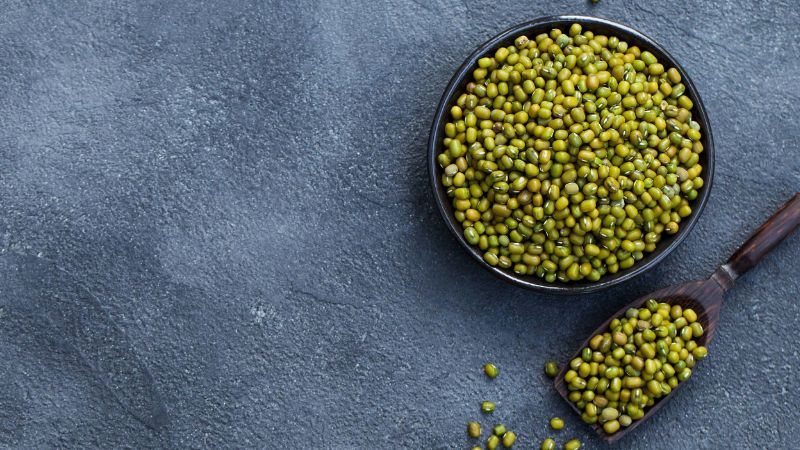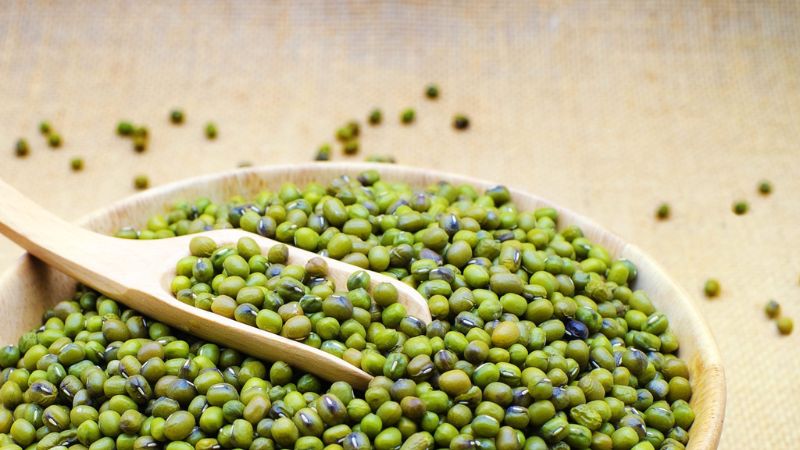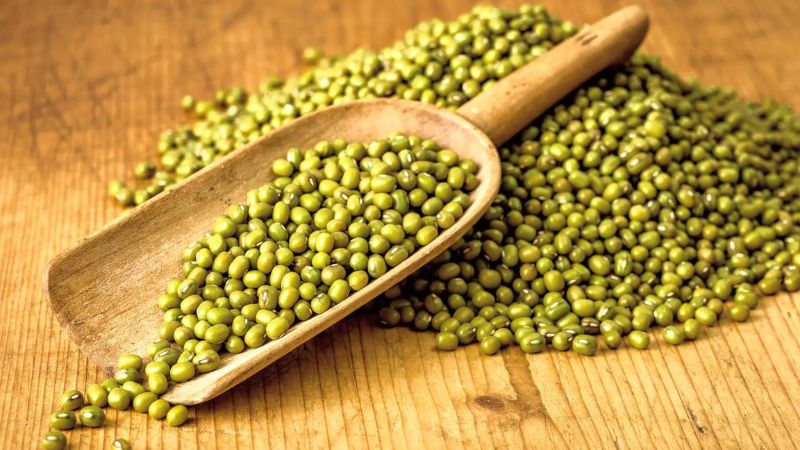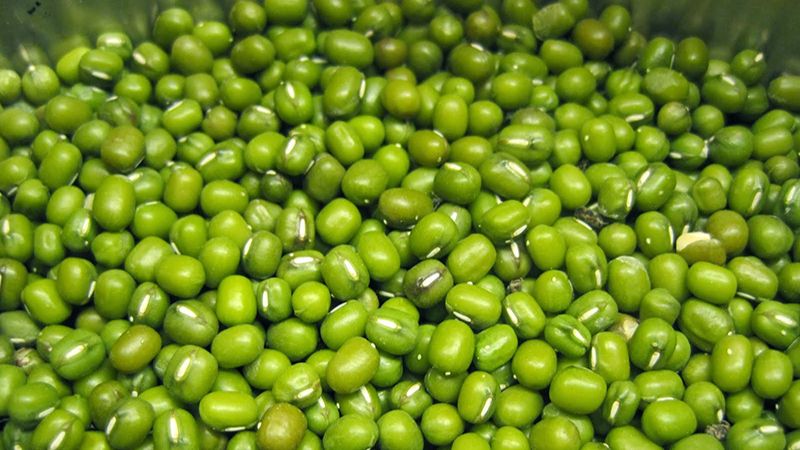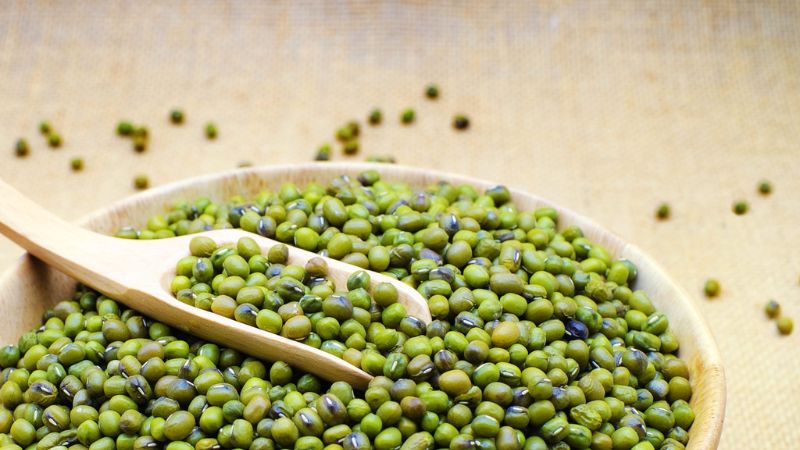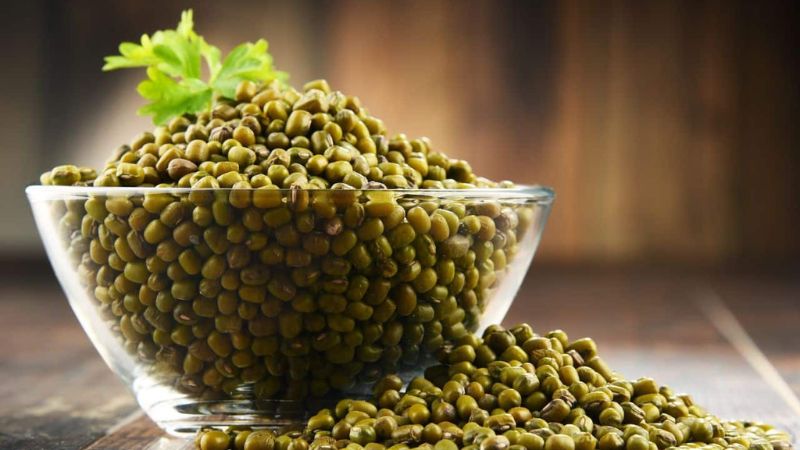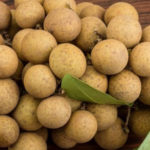Tips for Choosing High-Quality Mung Beans
Mung beans are a nutritious and popular food ingredient in many traditional dishes. However, finding delicious, fatty, and non-moldy mung beans is essential for ensuring the quality of your dishes. In this article, we will provide you with some valuable tips on how to choose high-quality mung beans, enabling you to enjoy flavorful and nutritious meals.
1. Choose Mung Beans by Observing
Color
The color of mung beans plays a crucial role in determining their quality. High-quality mung beans typically have a vibrant green color, indicating freshness. It is advised to avoid mung beans with discolored, dull appearances, or any signs of mold. Uneven coloring might indicate spoilage or decreased freshness. Opt for mung beans with bright colors to ensure the best quality and flavor for your dishes.
Choose mung beans by observing color
Shape
High-quality mung beans typically have an oval shape with rounded ends and smooth surfaces. Beans with a uniform shape indicate even maturation and minimal water loss during the drying process. Avoid choosing mung beans that appear deformed or damaged, as this might indicate premature harvesting or improper drying, compromising freshness and quality.
Choose mung beans by observing shape
2. Choose Mung Beans by Smell
Another important tip for selecting high-quality mung beans is to consider their natural aroma. Good mung beans have a fresh and natural scent. Avoid purchasing mung beans with moldy or chemical odors, as moldy beans may be spoiled and affect the overall quality and flavor. Chemical odors might indicate the use of pesticides or harmful preservatives. Choose mung beans with a pleasant and natural aroma to ensure safety and quality.
Choose mung beans by smell
3. Tips for Choosing Worm-Free Mung Beans
Ensuring that the mung beans you choose are free from worms is crucial for maintaining their quality. Even if some people consider worm-infested beans to be clean, their overall quality significantly diminishes. Infested beans often lose their aroma and may still contain worms, greatly impacting the quality of your food. Therefore, it is important to avoid purchasing mung beans that show signs of infestation. Additionally, it is recommended to buy mung beans from reputable and high-quality sources to ensure both origin and quality.
Tips for choosing mung beans without worms
4. Proper Storage Methods for Mung Beans
Use Ash at the Bottom
Utilize ash, which contains alkaline substances, such as sodium and potassium, to absorb moisture and kill bacteria. Spread a layer of ash at the bottom of the storage container, followed by a layer of paper before tightly sealing the lid. Be cautious not to use excessive ash, as it might alter the beans’ flavor.
Blanch the Beans
Prior to storage, blanch the beans in boiling water for 1-2 minutes to eliminate any remaining eggs. Afterwards, remove and drain the beans before drying them thoroughly and placing them in storage containers. Avoid exposing the mung beans to direct sunlight during the drying process.
Combine with Basil Leaves, Ash, and Fresh Bamboo Leaves
Enhance the moisture absorption and disinfection properties by combining ash with basil leaves or bamboo leaves. Start with a layer of ash at the bottom of the container, place a layer of basil leaves or bamboo leaves on top, and then add the beans or seeds. Seal the container tightly and store it in a dry location.
How to store mung beans without worms
Store with Garlic
Include a few peeled garlic cloves in the storage container together with the beans or seeds. Garlic possesses antibacterial and disinfecting properties, thereby extending the storage time of the beans and seeds for up to 2-3 years.
Utilize Zip Bags
Zip bags are an effective means of preserving beans and seeds, as they prevent moisture and sunlight exposure, enhancing the preservation process.
Opt for Glass Jars, Plastic Containers, or Food Storage Boxes
Glass jars, plastic containers, or food storage boxes are recommended for their insulation properties, which keep the food separate from the external environment. Before using them, ensure proper disinfection and dehumidification. Store the containers in a dry area.
How to store mung beans without worms
How to Select Quality Mung Beans Free of Worms
Are you in search of the best quality mung beans? If so, here are some tips to help you choose fresh, quality beans that are plump and free of worms. Learn how to select and purchase the best mung beans for your needs!
You may also like

























